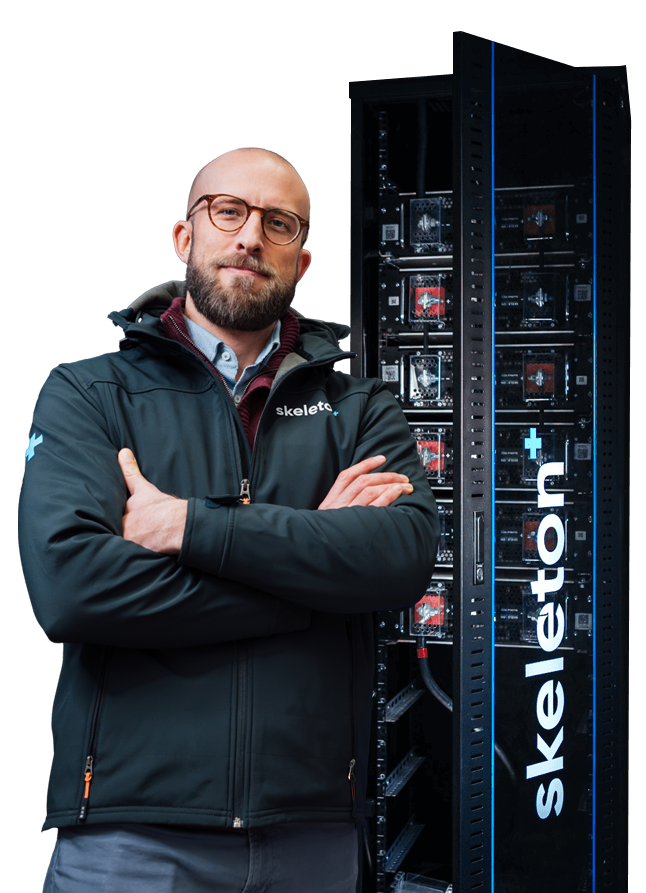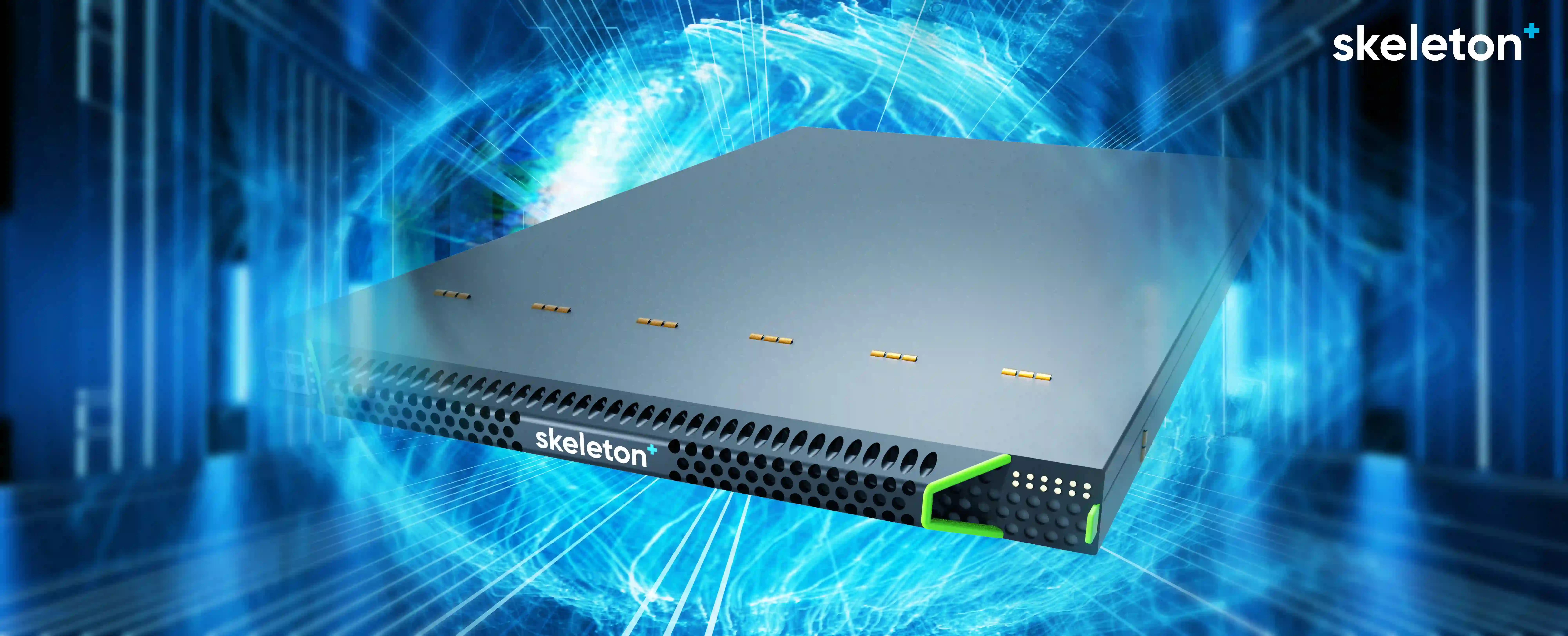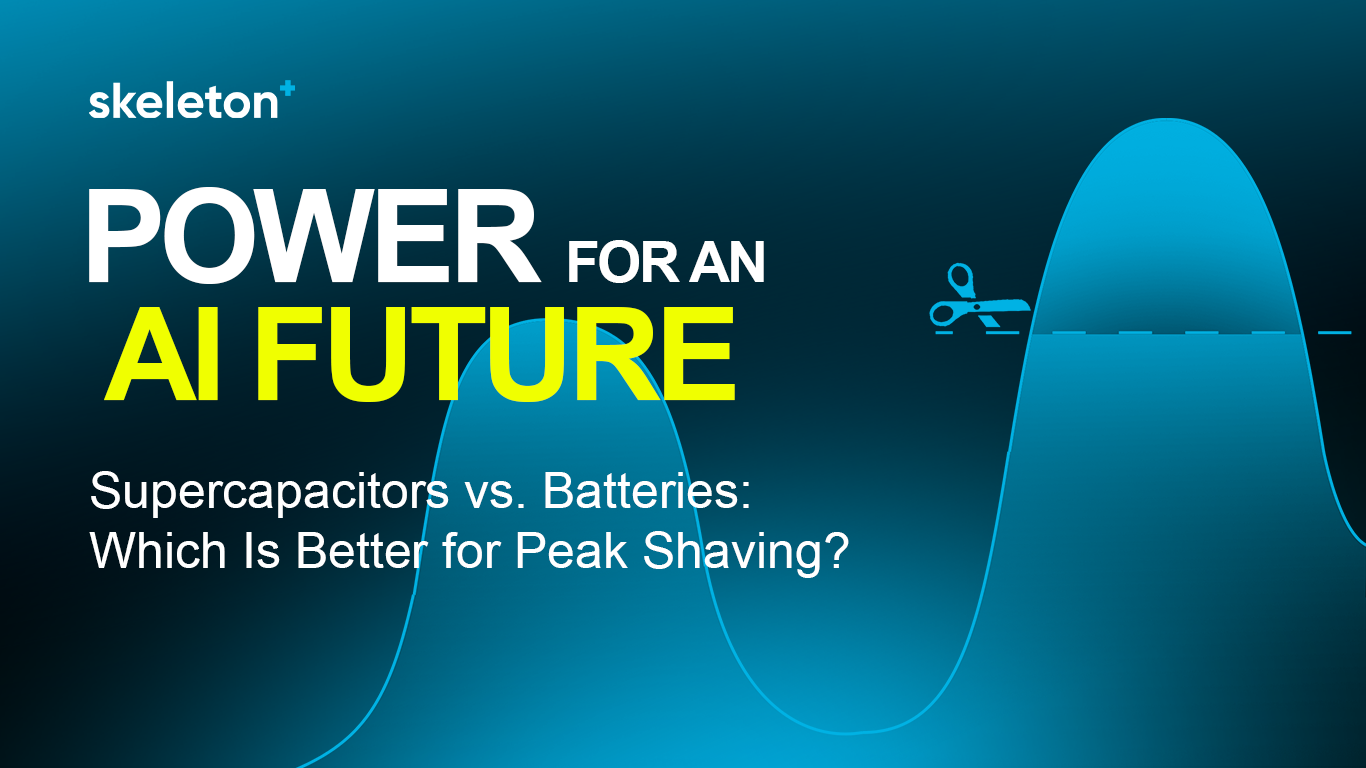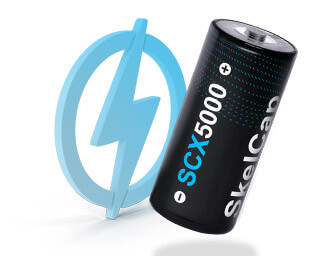
Learn How to Avoid Peak Demand Periods and Power Outages
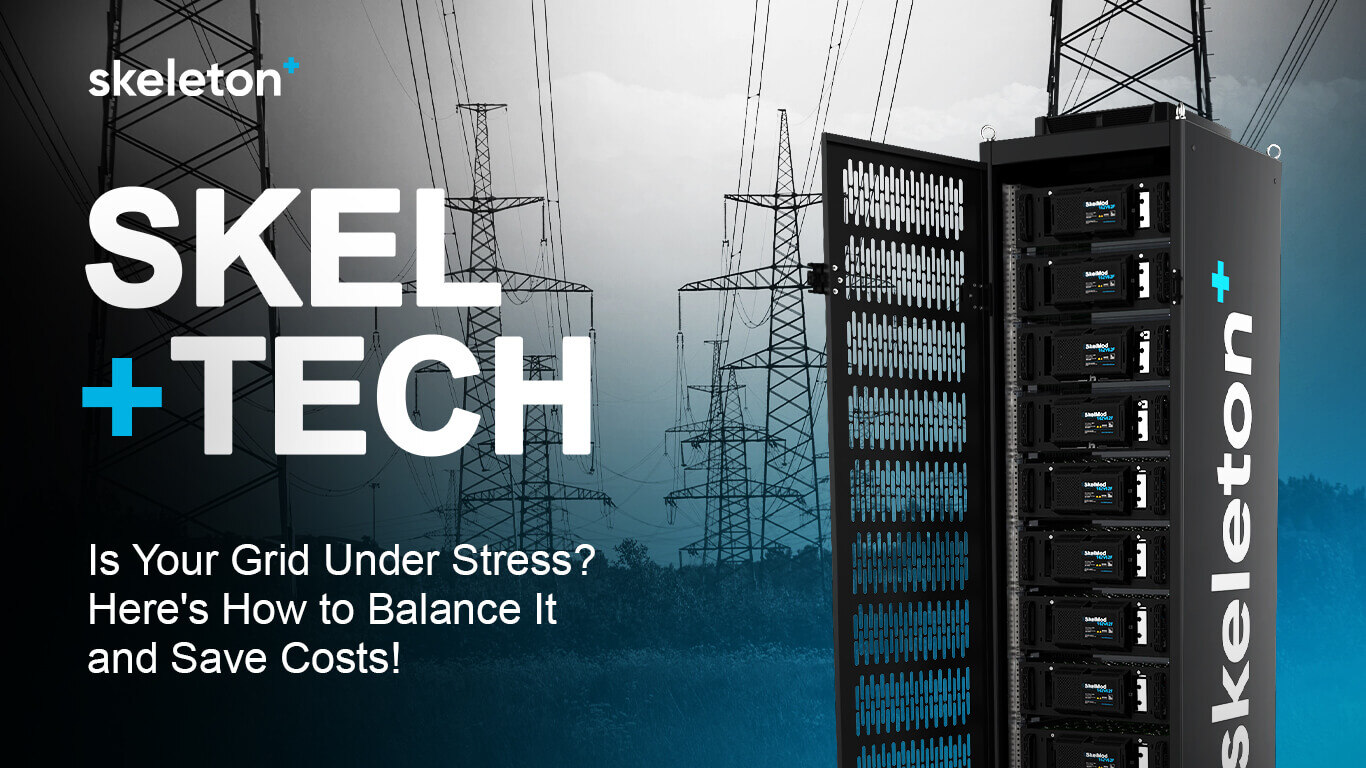
Grid stability and system strength have become major issues around the world. This is driven by the seismic shift from traditional power generation to renewables that has occurred over the past decade. Climate change is another contributing factor to more frequent and intense storms, leaving the grid more vulnerable than ever. The burning question that every grid company is wrestling with right now is how to effectively cut costs, avoid those dreaded peak demand periods and blackouts, and ultimately extend the lifespan of their grid infrastructure. With the growing complexity of modern grids and the increasing push for renewable energy, finding the right balance between stability, availability, efficiency, and sustainability is key. Companies are looking for innovative solutions that not only improve grid reliability but also help them stay competitive by managing operational expenses and investing in long-term infrastructure health.
Raoul Fernandes, Senior Project Manager shares insight on how companies can prevent challenges related to grid instability and how the supercapacitor system SkelGrid 2.0 can balance the highly stressed grid and secure uninterrupted energy supply.
Key things to understand balancing a highly stressed grid
It's simple; there needs to be a balance in production and consumption within an electrical grid. For there to be stability, the power generated must be equal to the power consumed. So, "unreliable" energy sources don't fare well with conventional grids. For a power grid, to remain stable, it needs to respond to volatility in voltage and frequency disturbances. For example, suppose more power is generated than consumed or the other way around. In these cases, small or bigger adjustments are necessary within an acceptable timeframe to balance the frequency disturbances and power outages. Equilibrium is what is most important.
Voltage support
Voltage fluctuations can occur due to changes in load, faults, inductive loads or the integration of distributed energy resources. SkelGrid 2.0 can support reactive power compensation systems to help stabilize voltage levels, ensuring that electricity is delivered efficiently and safely. This capability is particularly important in areas with high penetration of renewable energy sources, where voltage fluctuations are more common.
Load balancing and peak shaving
During periods of high electricity demand (peak periods), the grid can become stressed, leading to potential blackouts or the need for expensive peaking power plants. SkelGrid 2.0 can store energy during off-peak periods when electricity demand is low and release it during peak periods, effectively flattening the demand curve. This not only enhances grid stability but also reduces the need for additional power generation capacity, lowering overall costs and emissions. The best way to implement this is through frequency regulation services, which is a relatively new market that has proven to bring great advantages to the power grid in the Nordics, together with very attractive business models.
Black start capability
In the event of a major grid outage, traditional power plants require external power sources to restart operations, known as a “black start.” SkelGrid 2.0 can provide the necessary auxiliary power to restart these plants, significantly reducing downtime and enhancing the resilience of the grid. This capability is especially important in regions prone to natural disasters or other events that can cause widespread outages.
Critical challenges your grid company may face
The current grid infrastructure was designed to handle specific levels of demand based on historical consumption patterns. However, with the rise of intermittent renewable energy sources like wind and solar, and bidirectional power flow typical of distributed energy sources, maintaining balance has become a significant challenge. Here are the most common challenges your grid company may face:
1) Increased operational costs
Utilities may need to invest heavily in backup generation and infrastructure upgrades to manage peak loads. Also, blackouts and system splits are very costly situations which shall always be avoided by increasing grid resilience.
2) Frequency Fluctuations
The electrical grid operates within a narrow frequency range. Changes in generation or load can cause frequency deviations, affecting the operation of generators and electrical equipment and load shedding. Sustained deviations can lead to system instability.
3) Voltage Instability
Voltage levels can fluctuate due to rapid changes in load or generation, or other faults. Low voltage can cause equipment malfunction or outages, while high voltage can damage infrastructure. Maintaining voltage within safe limits is crucial for grid stability.
4) Aging infrastructure
Many electrical grids rely on outdated infrastructure that may not be equipped to handle modern demands or the integration of new technologies, leading to increased risks of failures.
SkelGrid 2.0: The best fit for load balancing
SkelGrid 2.0 is an ideal solution for load balancing because it allows companies to effectively manage demand peaks. This is mainly driven by the super-fast charge and discharge cycles, enabling the system to instantly respond to fluctuations in demand and promote grid balance. This instant response is also particularly advantageous when it comes to providing or absorbing the massive amounts of power needed to prevent blackouts by smoothing out sudden spikes or dips in demand.
Grid operators save on expensive blackouts as well as on capacity expansion expenses when they integrate devices featuring SkelGrid 2.0, as the system is able to provide rapid, on-demand, and controllable peak shaving support, eliminating the need for slow-responding technologies such as synchronous condensers or conventional backup generators.
The rapid response and reduction in network strain mean that the installation of an ESS comprising SkelGrid 2.0 allows for delaying or entirely eliminating the need for other expensive upgrades to transmission and distribution networks from a power quality point of view.

“Our technology offers seamless integration of SkelGrid 2.0 into grid devices,” says Raoul Fernandes, Senior Project Manager. “The process begins with determining the correct system sizing, a step guided by our in-house team of experts to ensure the optimal fit for the application. From there, Skeleton Technologies delivers SkelGrid 2.0 racks, fully equipped with modules from the world’s largest supercapacitor factory and ready for plug-and-play installation on-site.”
SkelGrid 2.0’s racks are modular and can be installed in a variety of configurations, with connections between the racks made with ease. SkelGrid 2.0 also features an industry-leading capacitor management system (CMS), complete with state-of-health estimation. The CMS can be integrated into customers’ grid management systems or energy management systems with ease.
After the easy installation, the startup and commissioning of the racks take place quickly, and the product is ready for use. Owing to its modular nature, maintenance and end-of-life replacement of modules are also fast.
Check out all the technical features of SkelGrid 2.0 and learn more here
